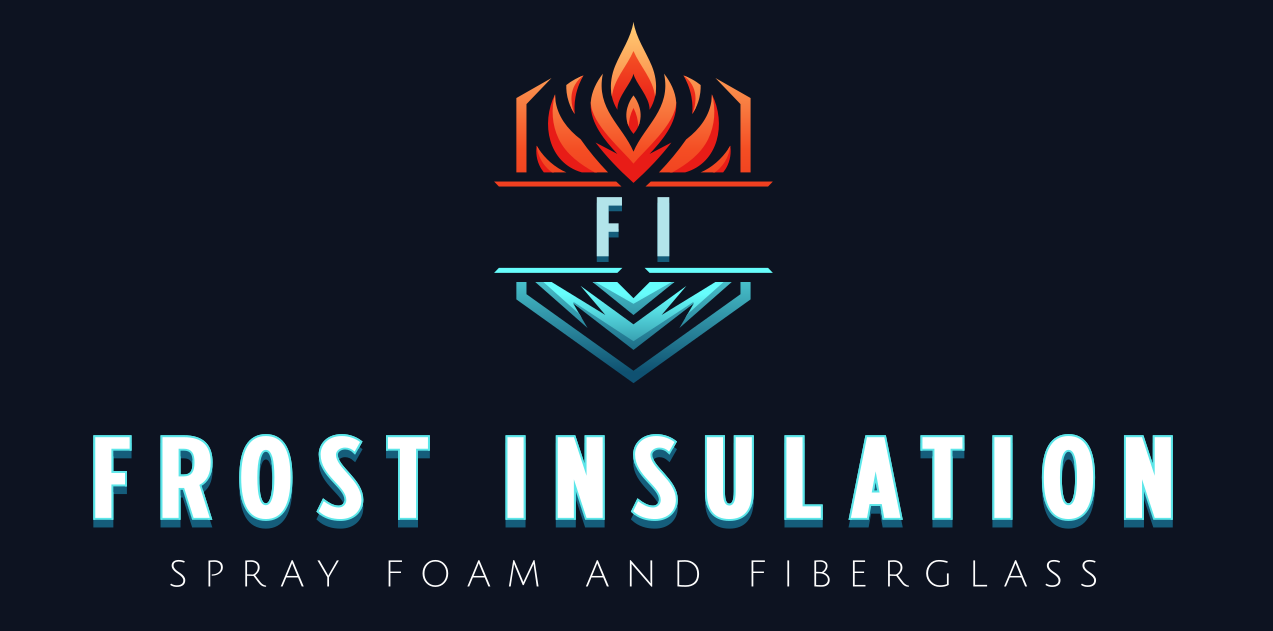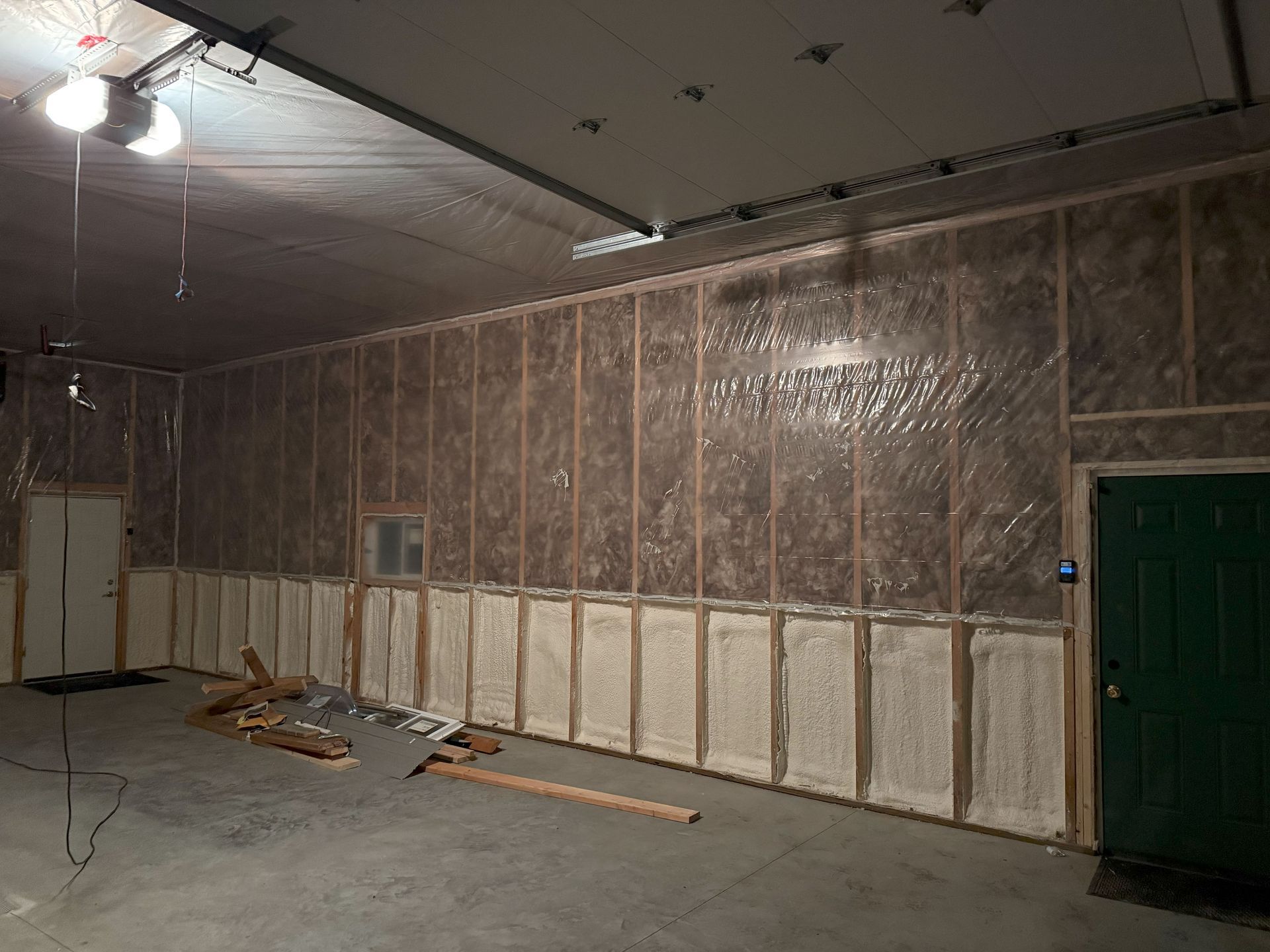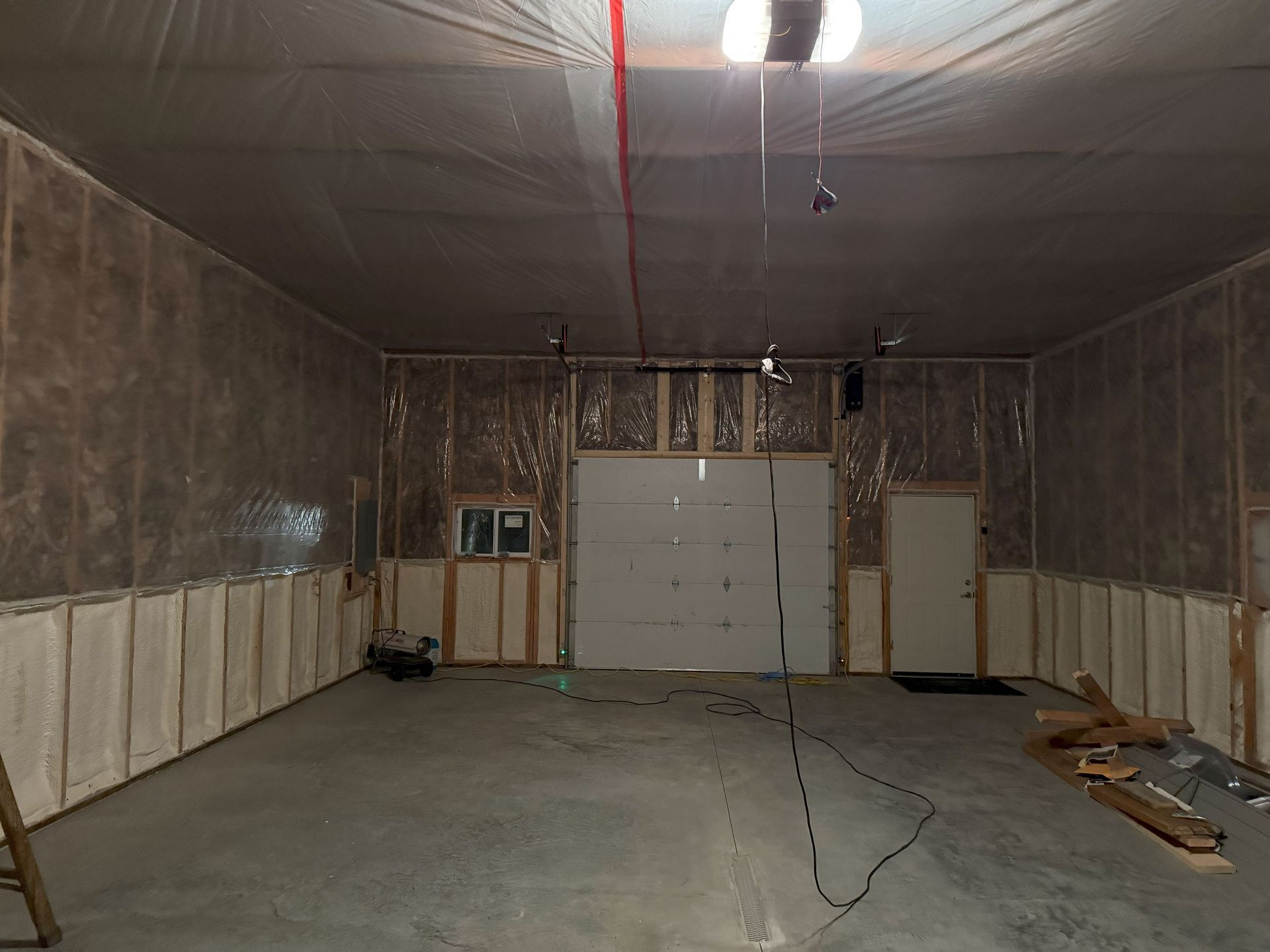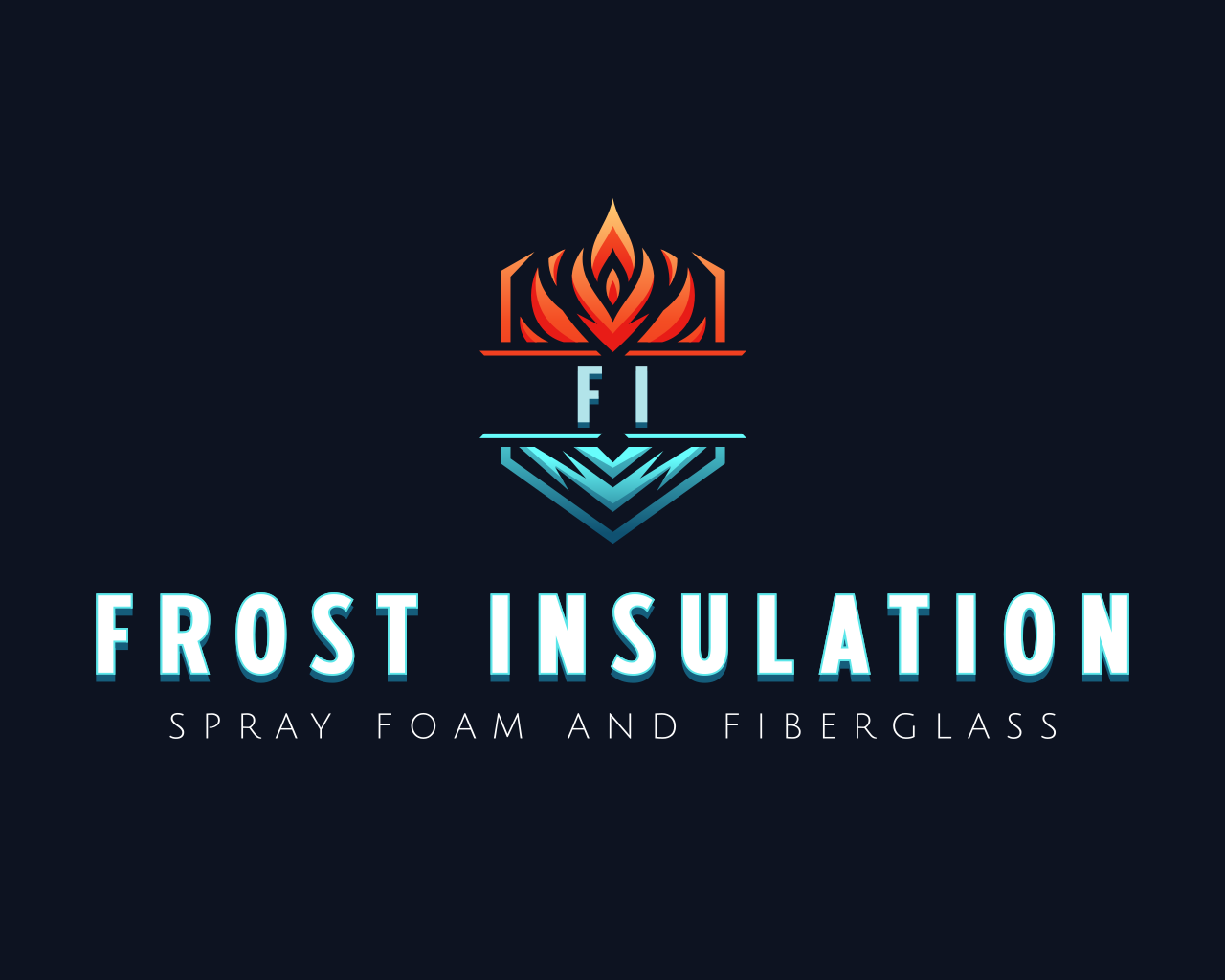Fiberglass Insulation
Fiberglass Insulation
Fiberglass insulation is made from glass or sand particles that are processed to create a fibrous thermal barrier. Some manufacturers use recycled glass materials (up to 30%), which has greatly reduced concerns about the environmental impact of fiberglass production. As a cost-effective way to insulate homes and commercial buildings, fiberglass comes in rolled batt or loose-fill varieties to meet the needs of various projects.
Get a free quote
Contact Us
Benefits-Fiberglass Insulation
Aside from its budget-friendly design, fiberglass insulation also offers fire resistance, indoor sound reduction, and easy installation. Fiberglass insulation resists mold and mildew, helping protect your home’s air quality and preventing moisture damage to your home’s frame. Fiberglass insulation has long been a favorite of homeowners, contractors, and commercial builders and can be used in conjunction with other layers of moisture protection or added insulation barriers.
Types of Fiberglass
The details of your project will help you decide which form of fiberglass insulation is best for your scope and budget. Understanding the fiberglass insulation options available to you is important to making an informed decision about which insulation suits your needs.
Fiberglass Batt Insulation
As one of the most common and cost-effective insulation options, fiberglass batt insulation comes in easy-to-use rolls in various thicknesses. It is good insulation for attics, walls, crawl spaces, ceilings and basements. Batt insulation is lightweight and can be installed quickly and affordably by professionals. It comes with or without facing, which must be placed according to the manufacturer’s specifications to resist transfer of water vapor. Both faced and unfaced varieties have an R-value from R-2.9 up to R-4.3 per inch.
Faced Batt Fiberglass
Faced fiberglass batt insulation protects against conduction and moisture accumulation. Faced insulation has paper on one side that acts as a Class II vapor retarder when installed facing the hot-warm side during the winter months. It is most commonly installed in vertical walls, and it has a sound transmission class (STC) rating of 39, making it effective in blocking interior sound but less effective against outdoor noise.
Unfaced Batt Fiberglass
Unfaced fiberglass batt insulation does not have an exterior layer of paper, so its main function is to protect against conduction. It does not offer protection from water vapor or moisture and should be paired with a vapor control layer on the exterior of the building when used on outer walls. It is the most commonly used fiberglass batt in climate zones 1, 2 and 3.
Loose Fill Fiber Insulation
Loose fill fiber insulation protects against conduction and achieves an R-value of approximately R-2.5 per inch. While it is slightly less dense than fiberglass batts, loose fill fiberglass insulation offers greater ease of installation, especially in hard-to-reach areas. Blown-in fiberglass is used in attics and pre-built wall cavities and can also be sprayed over existing insulation to increase the overall R-value.
Fiberglass Reinforced Plastic
Fiberglass Reinforced Plastic, or FRP, offers enhanced sanitation and impact resistance. This affordable product brings easy-clean panels to the walls of commercial kitchens, food-processing areas, bathrooms, break rooms, storage areas, and garages. Designed for areas in which moisture resistance is desired, FRP helps protect against corrosion, stains, mold, and mildew. This reinforced composite material is strong. These qualities make it ideal for places like public restrooms, commercial kitchens, and food service applications.



